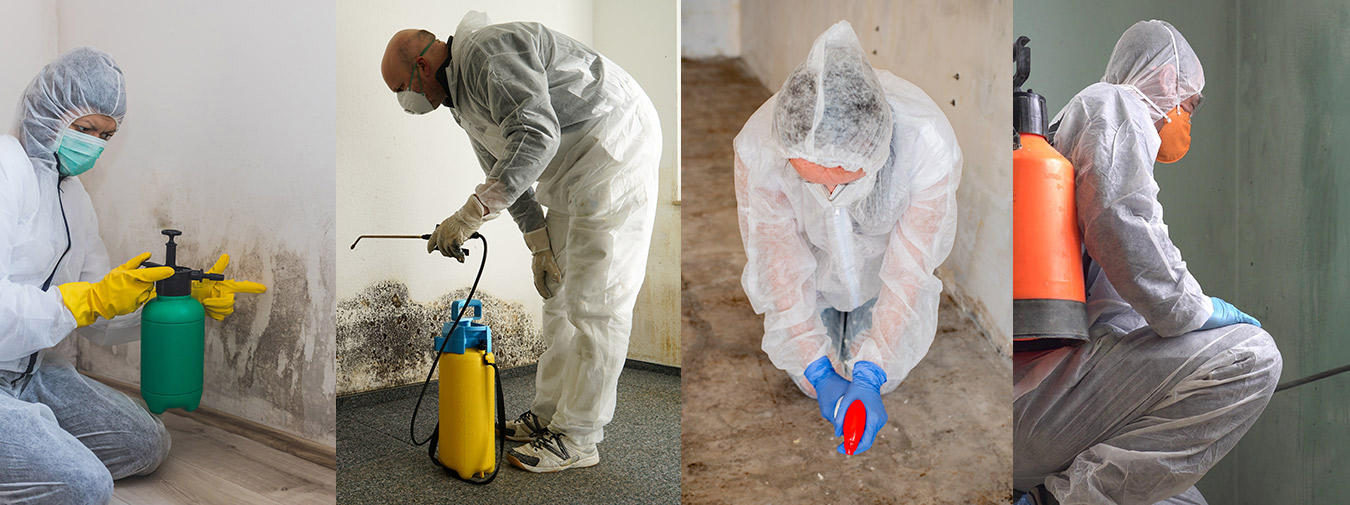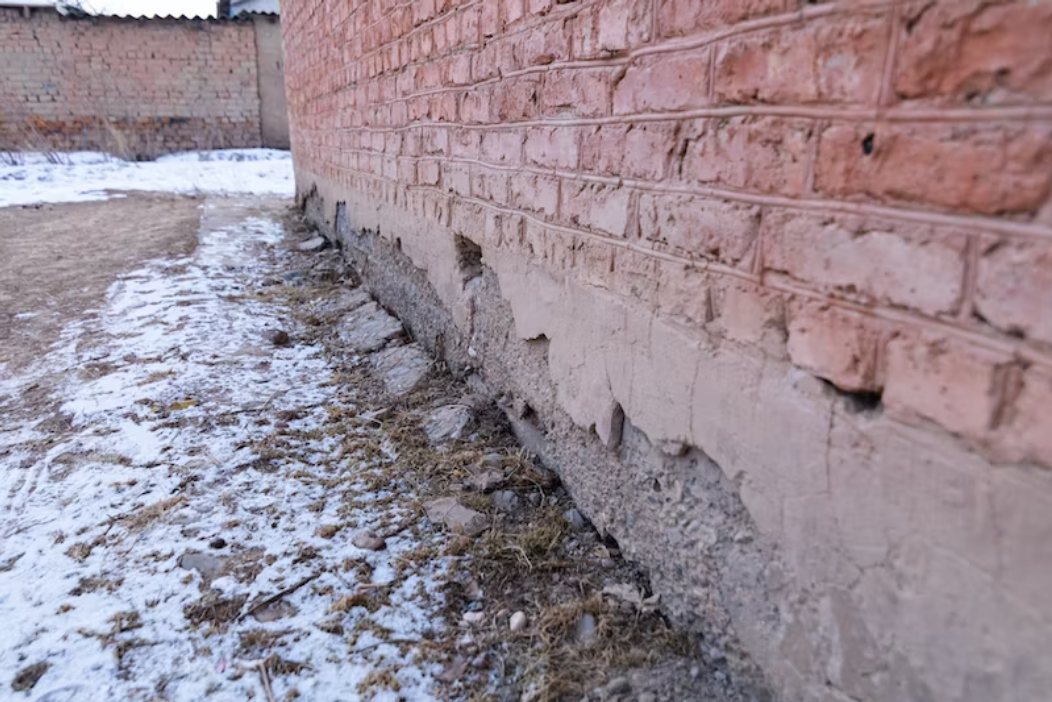Protecting Your Home from Water Damage
Water damage is one of the most common and costly problems that homeowners can face. It is caused by various sources, including flooding, plumbing leaks, and burst pipes. The damage might range from mild to severe, and the repair costs are potentially astronomical. Fortunately, there are several steps homeowners can take to protect their homes from water damage and maintain their value.
1. Inspect Your Home Regularly
Look for visible water stains on walls and ceilings, warped floors or walls, and musty odors. You should also check for loose tiles or grout in showers and tubs and around windows and doors for water seepage. If you notice any of these signs, take action immediately to prevent further damage.
2. Make Sure Your Home Has Adequate Drainage
This includes checking gutters and downspouts to ensure they are clearing water away from your home and not allowing it to pool around the foundation. Additionally, inspect your yard for any low-lying areas that could be collecting water and causing it to seep into your home.
3. Inspect Your Home’s Plumbing
Look for any signs of leaking pipes, such as rust spots or wet spots in the walls. If you find any, you should call a plumber immediately to fix the issue. Additionally, a professional should inspect your plumbing regularly.
4. Invest in Flood Insurance
Finally, you should invest in flood insurance. Even if your home is not in a flood zone, it’s important to be prepared for the possibility of flooding. Flood insurance will cover the cost of any water damage due to flooding, so it’s worth the investment.
Types of Water Damage that Decrease Your Property Value
1. Structural Damage
If you have a house with water damage, it’s important to have a professional come and look at it quickly. They can check for signs of water leakage in the walls, wooden structures, concrete framing, and even the foundation. Failing to address the issue immediately could lead to more damage that might further reduce your property’s value.
2. Mold
Lingering moisture after a water damage event can promote microbial growth inside your house. What’s worse is that mold will continue to grow and spread to the other parts of your home unless the contamination is contained, and the moisture problem is addressed.
3. Sagging Ceilings and Walls
A sagging or wrinkled ceiling or wall is a tell-tale sign of water damage in a home. Not only does this negatively affect the property’s aesthetic, but it can also be a red flag for more serious issues caused by water. This could prove costly when it comes to repairs, thus making the house less attractive to prospective buyers.
4. Soaked Carpeting and Flooring
If your home has been affected by water damage, such as flooding, a plumbing issue, or a leaky roof, it’s best to get it professionally cleaned and dried immediately. This will help avoid any problems with buckling floorboards or damp carpets, which could discourage prospective buyers.
TCB EnviroCorp for Help with Water Damage
Following these steps can protect your home from water damage and maintain its value. Regular inspections, proper drainage, plumbing maintenance, and flood insurance are all important steps to help you avoid costly repairs and keep your home in its best condition.
However, if you have experienced water damage to and subsequent mold growth in your Florida home, TCB EnviroCorp can help. We’ll assess the water damage, inspect for mold, and offer solutions for returning your home to its pre-flood condition. Don’t delay – schedule your mold inspection, air quality assessment, or mold remediation service today!








